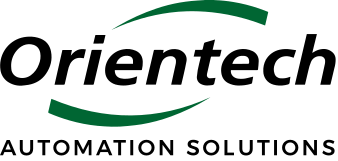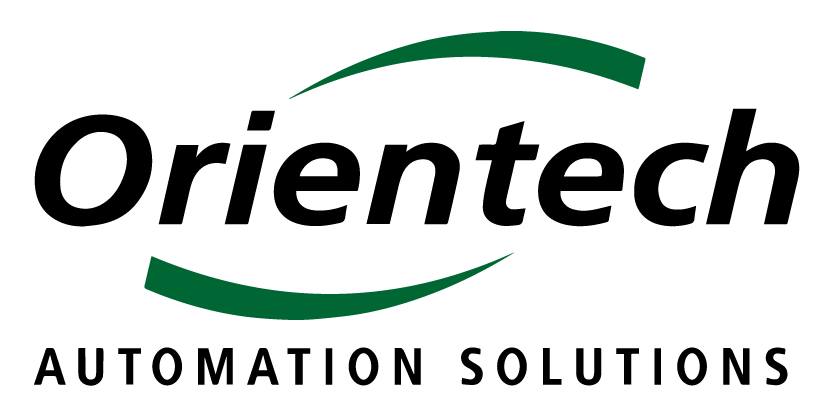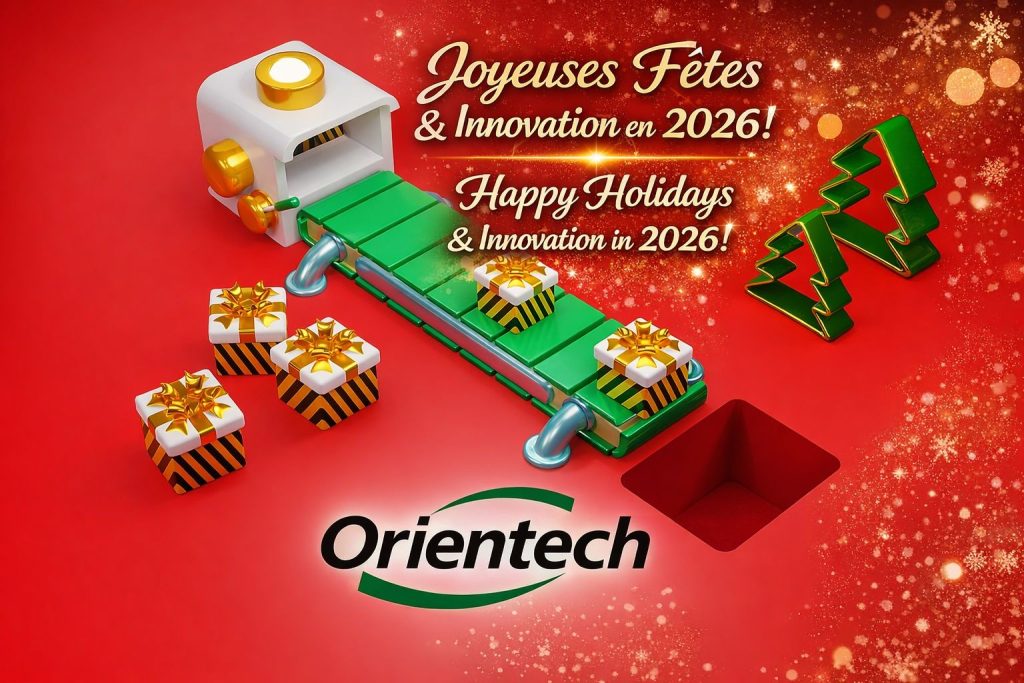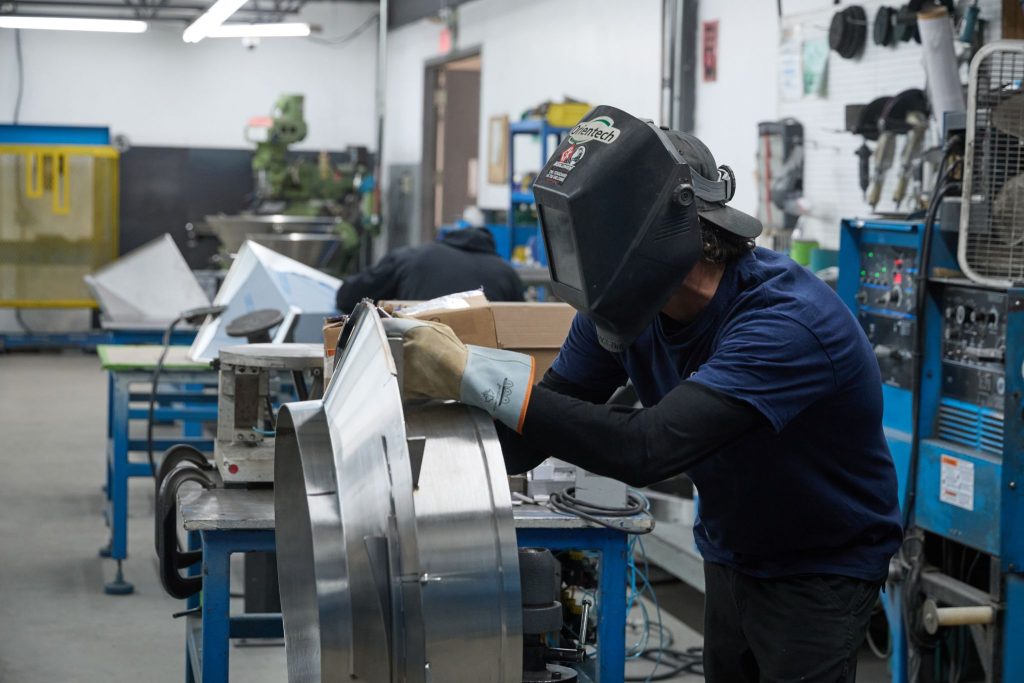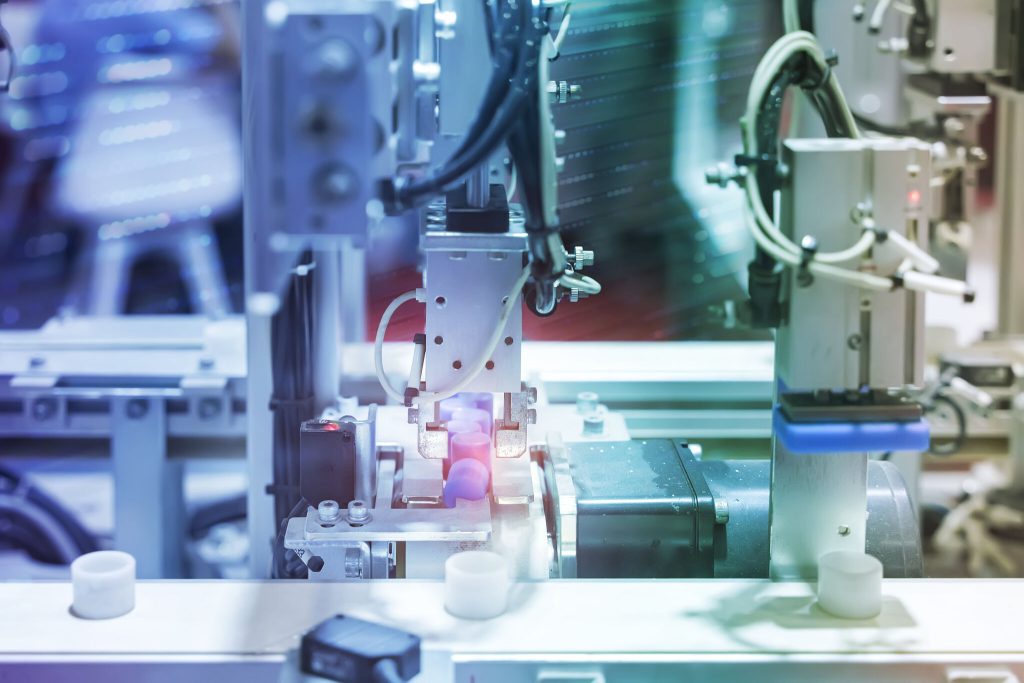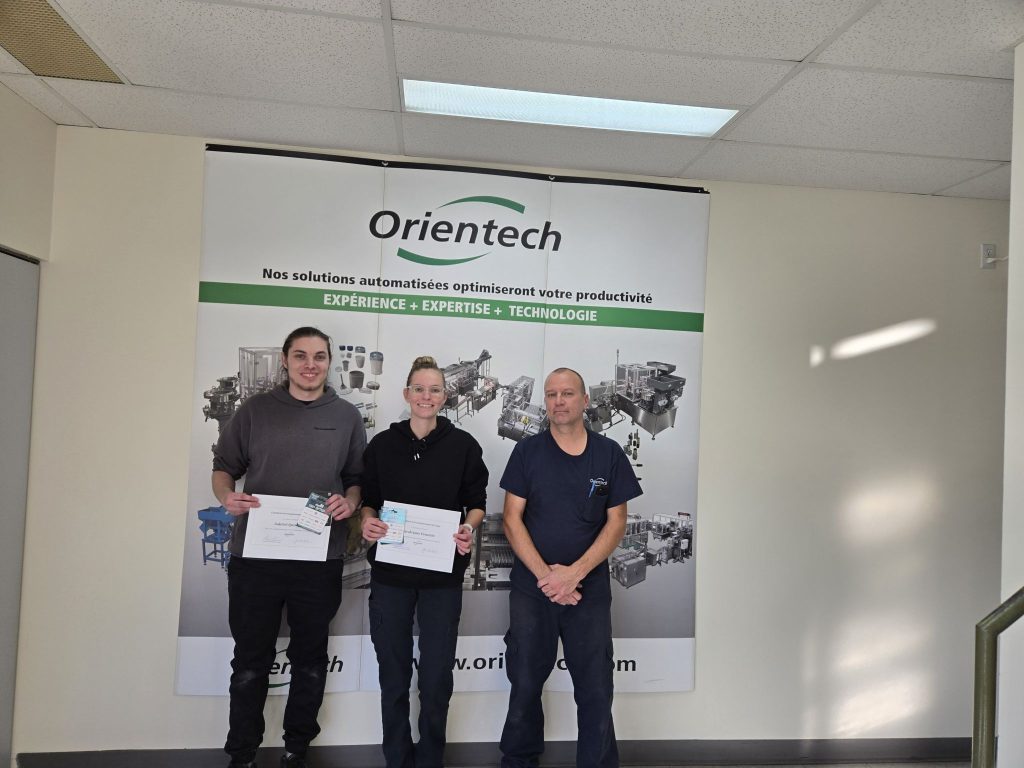Behind the Holiday Magic: The Engineering of Efficiency. 🎄
During this festive season, we often speak of “magic” to explain seamless services and last-minute successes. Yet, behind the scenes, it’s not magic : it’s a carefully orchestrated productivity architecture designed to support our teams.
Automation isn’t about replacing the human touch; it’s the invisible engine that handles the noise so people can focus on what truly matters.
1. The Magic of “Human-Centric Work”.
Automation makes repetitive, exhausting tasks disappear. According to Salesforce, 81% of employees report a boost in job satisfaction when these tools are in place. The real magic? Empowering humans to focus on strategy and high-value-added tasks, giving them the mental space for creativity, empathy, and judgment that no machine can replicate.
2. Near-Supernatural Precision.
Year-end fatigue is real. By automating the most tedious data flows, we reduce operational errors by nearly 90%. This doesn’t just improve efficiency; it removes the stress of manual slips from your team’s shoulders, allowing them to work with confidence and peace of mind.
3. A Supportive Digital Backbone.
The gift of being everywhere at once? That is the promise of a well-automated system. It ensures 24/7 continuity, handling the “heavy lifting” while your teams take a well-deserved break to recharge. It’s about technology working for us, so we can show up better for each other.
/// The Strategic Reality ///
By 2026, the goal of hyper-automation is to augment human potential, not replace it. Agile companies are projected to reduce operational friction by 30%, creating healthier, more fulfilling work environments.
The true magic of the coming year is collaboration—letting technology bear the weight of repetition so humans can lead the way with innovation.
Which repetitive task would you love to delegate to a digital assistant to free up your creative energy in 2026?
{hashtag|#|HumanCentric} {hashtag|#|Efficiency} {hashtag|#|Automation} {hashtag|#|FutureOfWork} {hashtag|#|Innovation} {hashtag|#|Productivity} {hashtag|#|Collaboration}
